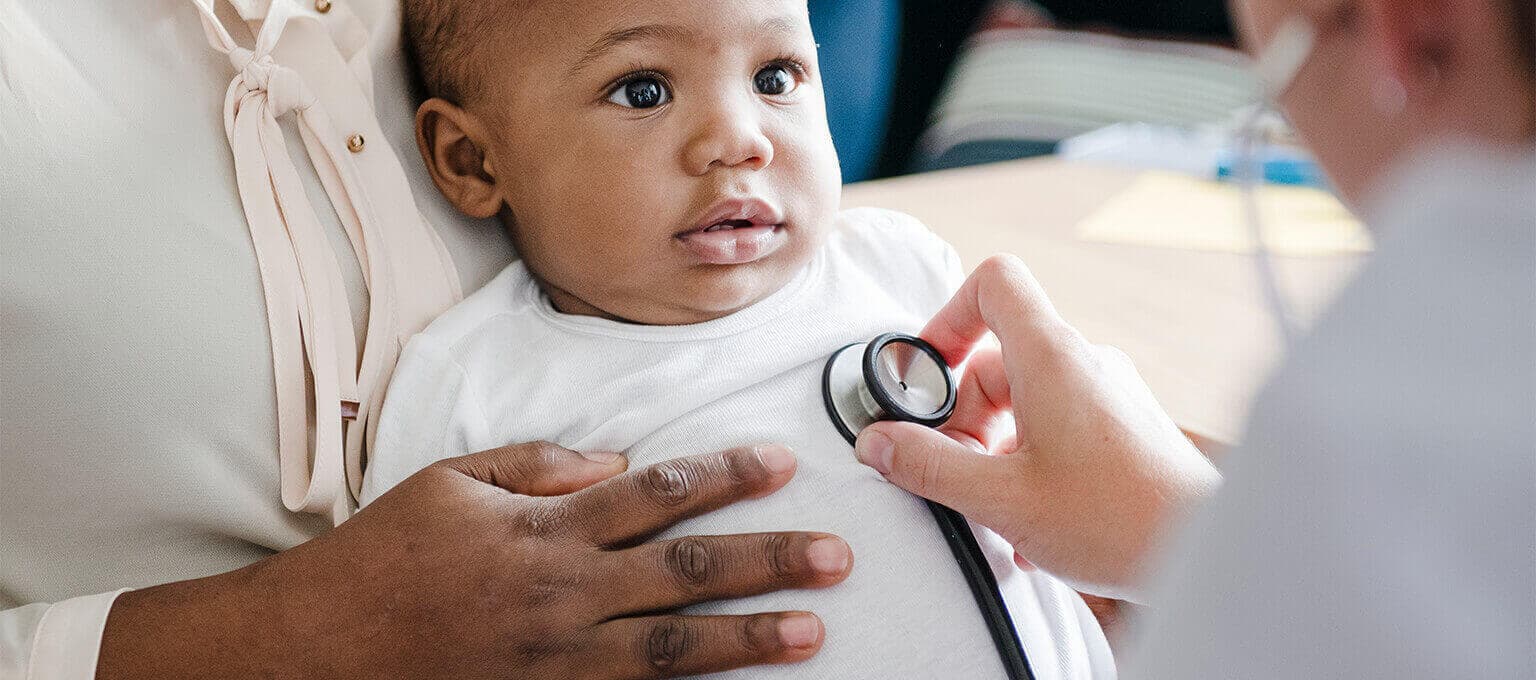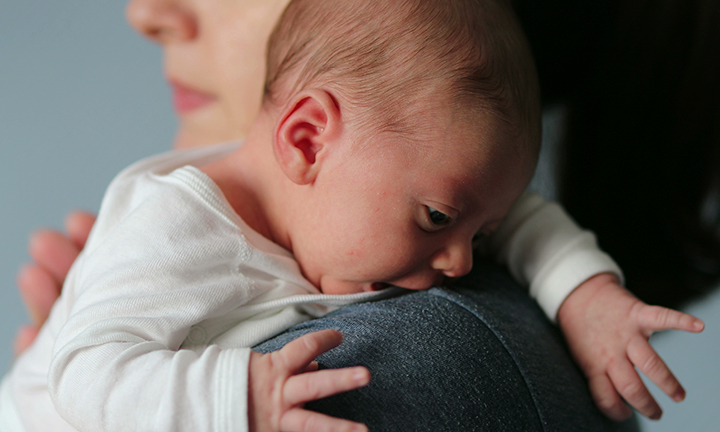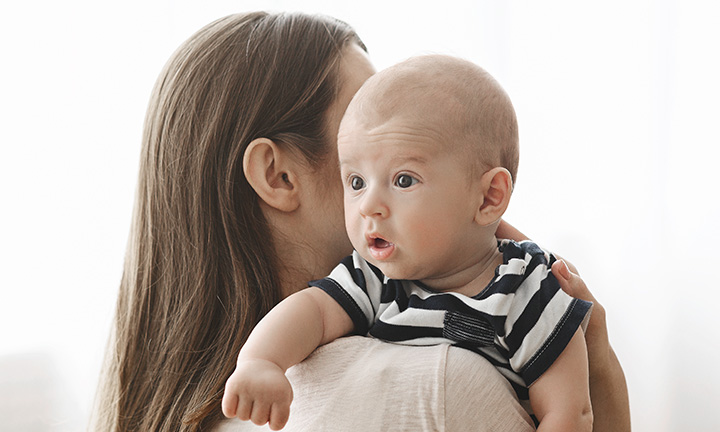
Anemia in Babies


Anemia is a condition that happens when the body doesn't have enough healthy red blood cells, which carry oxygen to the body's tissues. Anemia in babies can occur in newborns and older infants, and it can affect older children and adults, too. Your little one could be anemic for a number of reasons. Keep reading to find out what causes anemia, the signs of anemia in babies, and what it means if your baby is anemic.
What Is Anemia?
To help explain anemia, let's begin with a little background on blood cells. Blood is made up of different kinds of cells, almost half of which are red blood cells. These cells contain a red pigmented protein called hemoglobin. The job of hemoglobin is to carry oxygen to tissues in the body and carry away carbon dioxide, which is a waste material.
Anemia results when there’s not enough hemoglobin in the red blood cells, or when there are not enough healthy red blood cells, to transport oxygen throughout the body. This can cause problems with cell function and growth.
Causes of Anemia in Newborns and Babies
Some of the causes and risk factors of anemia in newborns and older babies include the following:
What Are the Signs and Symptoms of Anemia in Babies?
Signs of severe anemia can include:
Your baby’s anemia may be due to an iron deficiency. This type of anemia commonly affects babies between 9 and 24 months. Here are some symptoms of anemia in babies due to an iron deficiency:
Anemia in breastfed babies can also occur if they're not getting enough iron from breast milk alone, especially after the age of 4 months. It's important to watch for symptoms of anemia in breastfed babies, such as decreased appetite and irritability.
If you notice any of the above signs and symptoms in your child, or you think they may not be getting enough iron in their diet, consult their healthcare provider.
What Is the Treatment for Anemia in Babies?
Because there are many different kinds of anemia with different treatments, it’s best to follow your child’s healthcare provider’s advice on how to treat your baby's anemia. Don’t give your baby vitamins, supplements, or any other over-the-counter medication without first asking your little one's health care provider.
To treat your baby’s anemia, the healthcare provider may recommend medications, dietary restrictions, or supplements. If the anemia is due to a lack of iron, the provider may prescribe a medication for iron in liquid drop form. The provider may want to see your baby periodically to check iron levels. It's important that your little one is getting just the right amount of iron supplementation and not too much. Do not stop giving your baby the iron medicine unless your provider has told you it’s no longer needed.
If it’s determined that your baby’s anemia is due to a blood cell disorder like hemolytic anemia, sickle cell anemia, or thalassemia, their provider may recommend taking your child to a hematologist, a doctor who specializes in blood conditions.
If your newborn was born prematurely or if your baby is very ill, in some cases, their healthcare provider may recommend a blood transfusion to treat the anemia.
When you talk to your little one's healthcare provider make sure to mention any signs of anemia in babies you've noticed, and if there’s a family history of anemia or bleeding issues.
How Do You Prevent Anemia in Babies?
Not all types of anemia can be prevented, especially those that are due to genetic conditions such as sickle cell anemia or thalassemia. However, anemia caused by an iron deficiency or another nutritional deficiency can be prevented by adhering to a well-balanced diet.
Here are some ways that you may be able to prevent nutritional anemia in your baby:
The Bottom Line
Most cases of anemia in babies can be treated with dietary changes, supplements, or medication. If a genetic condition is the cause, a specialist can help with treatment options. If you notice signs like lethargy or pale skin, consult your baby's healthcare provider for a simple blood test. With the right care, your little one will be back to full health in no time. And while you focus on their well-being, the Pampers Rewards App can help you save on baby essentials with exclusive discounts and digital offers!
Read more about Baby
Related Articles
Join a World of Support
through Pregnancy and Parenthood.
TRACK WITH TOOLS
LEARN WITH EXPERTS
GET REWARDED













